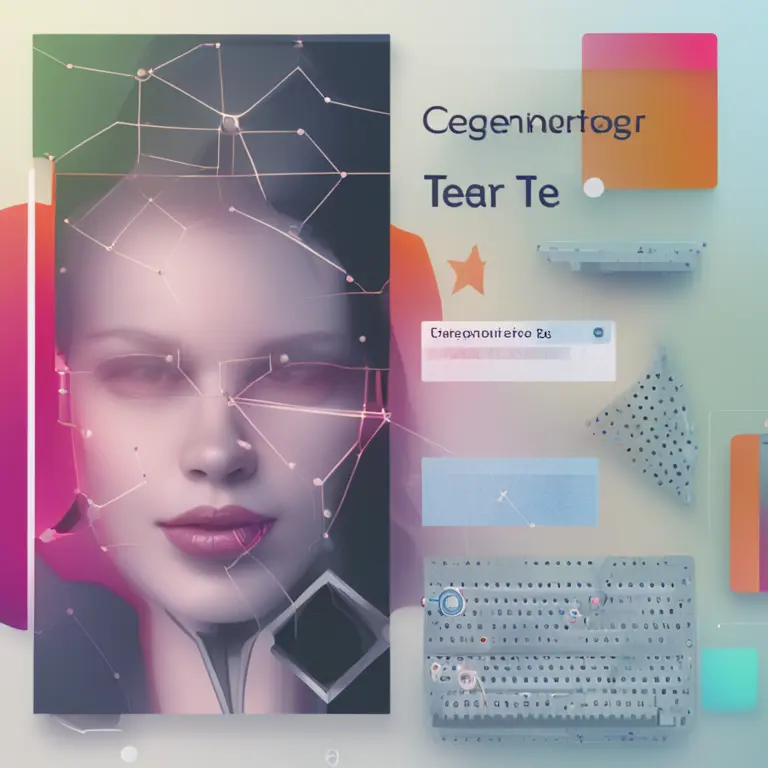
NSFW Image Detection
NSFW Image Detection is an AI-powered tool designed to identify and flag inappropriate or sensitive images.
Avg Run Time: 1.000s
Model Slug: nsfw-image-detection
Category: Image to Text
Overview
NSFW Image Detection image-to-to-text model is designed for detecting NSFW (Not Safe For Work) content in images. It uses advanced image analysis techniques to identify inappropriate or sensitive content with high accuracy. The model is optimized for processing various types of images, making it a valuable tool for content moderation, compliance checks, and other scenarios where identifying NSFW content is essential.
Technical Specifications
- Detection Framework: Built on a convolutional neural network (CNN) architecture that excels at image classification tasks. The model has been fine-tuned on a diverse dataset to improve detection accuracy across various scenarios.
- Processing Mechanism: Utilizes preprocessing pipelines to normalize and resize images before feeding them into the classification layers. This ensures consistent performance regardless of image dimensions or quality.
- Confidence Scoring: Provides a probability score for each detection, enabling users to establish thresholds for automatic moderation or manual review.
Key Considerations
Ethical Use: Always use the model responsibly and ensure compliance with privacy laws and regulations. Please don't please don't use it for malicious purposes or unauthorized surveillance.
Edge Cases:
- Images containing artistic nudity or partial obscurity may lead to false positives.
Data Privacy: Ensure that images processed through the model do not contain personally identifiable information unless appropriate consent has been obtained.
Tips & Tricks
- Image Quality:
- Use images with a resolution of at least 512x512 pixels to ensure accurate detection.
- Avoid overly compressed or pixelated images, as these can reduce the model's effectiveness.
- Input Preprocessing:
- Ensure the image is in a supported format.
Capabilities
Content Moderation: Great for requiring automated moderation of user-uploaded images to maintain community guidelines.
Compliance: Useful for ensuring compliance with regulations regarding sensitive content.
Digital Libraries: Effective for managing large image libraries by flagging inappropriate content for review.
What Can I Use It For?
Social Media Platforms: Automatically scan user uploads to identify and remove inappropriate content.
E-commerce Websites: Moderate product images to ensure they meet platform policies.
Educational Platforms: Filter out inappropriate images from learning materials or student uploads.
Things to Be Aware Of
Explore Threshold Levels: Experiment with different confidence thresholds to determine the optimal level for flagging content in your specific use case. For example, a threshold of 85% ensures high accuracy, while a lower threshold may capture borderline cases.
Test Diverse Scenarios: Evaluate the model with a wide range of image types, including clear, artistic, and ambiguous cases, to understand its strengths and weaknesses.
Limitations
False Positives: The model may occasionally flag safe content as NSFW due to ambiguous or artistic elements in the image.
False Negatives: Certain types of NSFW content, especially if heavily edited or partially obscured, may evade detection.
Contextual Understanding: The model focuses on the visual content without considering the broader context, which may lead to misclassification in nuanced cases.
Output Format: Text
Related AI Models
You can seamlessly integrate advanced AI capabilities into your applications without the hassle of managing complex infrastructure.

